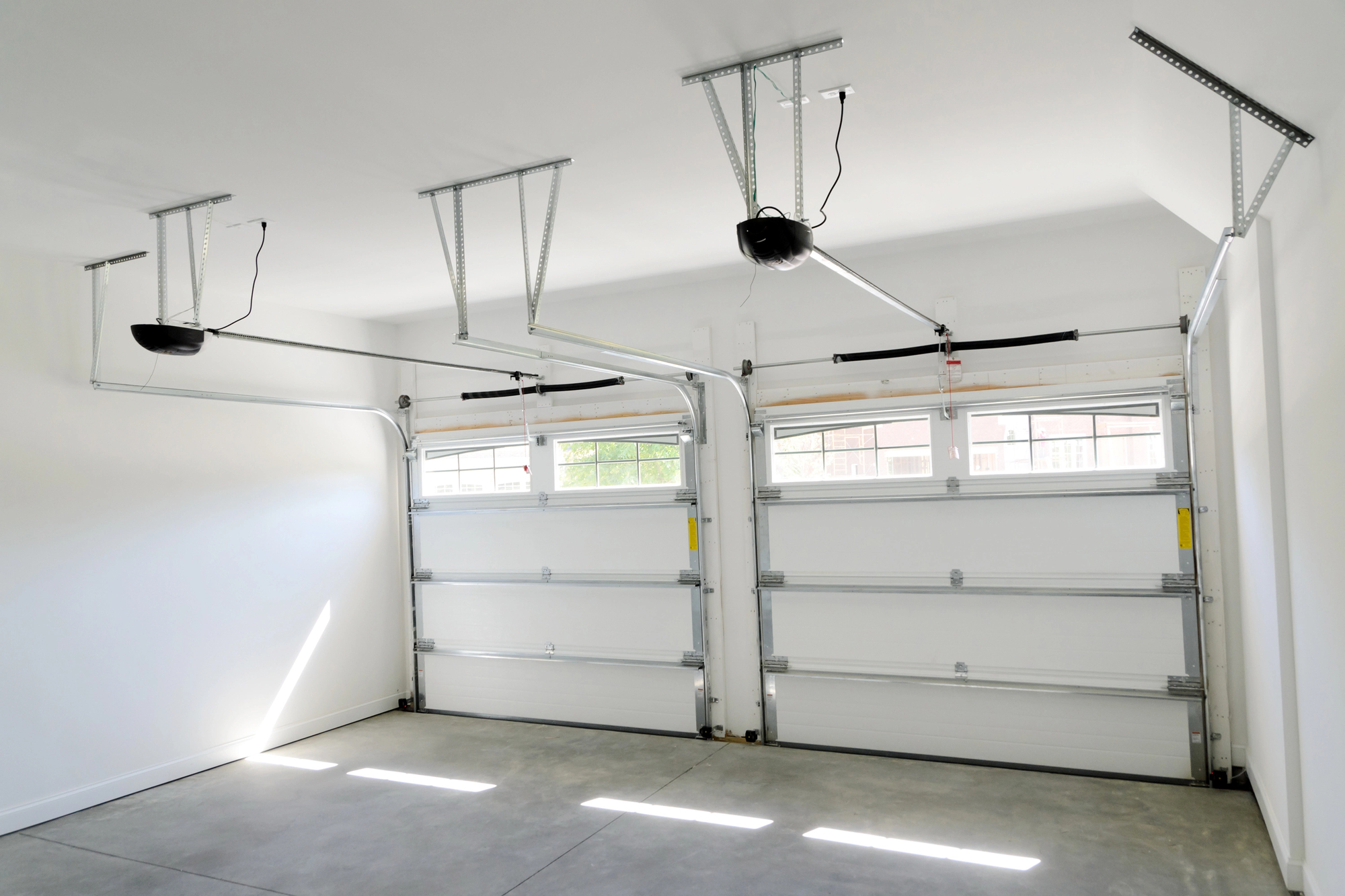Introduction
When I first bought my electric vehicle (EV), the idea of using a 3-pin charger seemed almost laughable. I’d heard the stories—long charging times, limited range, and a general sense of inconvenience. But what if those perceptions were just myths? Armed with curiosity and a bit of skepticism, I embarked on a 30-day challenge to use only a 3-pin EV charger. The experience was eye-opening, filled with unexpected surprises, challenges, and valuable lessons. Here’s my personal account of transitioning from skeptic to believer.
The Initial Hesitation
Preconceptions and Doubts
Like many new EV owners, I was initially drawn to fast chargers and wall-mounted units. The notion of relying on a standard household socket seemed impractical. However, the cost of installing a dedicated EV charger was a significant consideration, pushing me towards this experiment.
Why Consider a 3-Pin Charger?
Despite my doubts, the affordability and accessibility of a 3-pin charger made it an attractive option. Every household has multiple 3-pin sockets, making it an easily accessible solution. But was it viable for day-to-day use?
Setting the Ground Rules
To make this experiment as realistic as possible, I set clear boundaries—no public rapid chargers, no sneaky top-ups at work, and strictly sticking to the 3-pin ev charger at home. It was going to be a genuine test of patience and practicality.
The First Week – Reality Hits
Day One Jitters
The first plug-in was nerve-wracking. Would it charge overnight? Would I wake up to a fully charged car? I had so many questions and zero answers. The first night, I plugged in and hoped for the best.
Initial Observations
Upon waking up, I found the car charged up to about 80%. Not bad for a first attempt. It became evident that planning around charging times would be crucial. I started calculating how many hours I needed to charge each day to meet my driving needs.
Adjusting Expectations
By the end of the week, I realized that my initial fears were somewhat exaggerated. Yes, the charging was slower, but it was manageable. I started to see the potential benefits, like charging during off-peak hours to save on electricity costs.
Planning and Scheduling
Understanding Charging Rates
A 3-pin charger typically delivers around 2 to 3 kW per hour. This meant I needed to rethink my driving habits and charge planning. Unlike fast chargers, which zap your battery to full in under an hour, a 3-pin charger required more forethought.
Integrating Charging into Daily Life
I found myself plugging in the car whenever I was home. Overnight charging became a routine, and I even started charging during the day if the car was parked for long enough. It was all about maximizing the time spent plugged in.
The Importance of Flexibility
One of the biggest lessons was learning to be flexible. There were days when I couldn’t charge as planned due to power cuts or socket issues. Having a backup plan, like a nearby public charging station for emergencies, was essential.
Unexpected Challenges
Weather and Charging Efficiency
I hadn’t anticipated how weather conditions could affect charging efficiency. Cold nights slowed down the charging process, making it necessary to adjust my schedule and expectations accordingly.
Socket Safety Concerns
Using a 3-pin socket raised some safety concerns. Ensuring the socket and wires could handle the load was critical. I invested in a smart plug to monitor the energy consumption and prevent any potential hazards.
The Range Anxiety Monster
Despite careful planning, there were moments of range anxiety. Knowing I was relying on a slower charging method made me more conscious of my driving range. I had to plan routes carefully to avoid running out of juice.
Surprising Benefits
Lower Electricity Costs
One pleasant surprise was the reduction in electricity costs. Charging at home during off-peak hours was significantly cheaper than using public fast chargers. This was a welcome benefit that I hadn’t fully appreciated before.
A More Mindful Driving Experience
Relying on a 3-pin charger made me a more mindful driver. I started adopting eco-driving techniques to maximize range, such as gentle acceleration and regenerative braking. This not only extended my range but also made me a better driver overall.
Environmental Impact
Using a 3-pin charger made me feel more connected to the environmental benefits of driving an EV. By charging at home using renewable energy sources, I felt I was contributing more directly to reducing my carbon footprint.
Learning the Nuances
Understanding Battery Health
Charging slowly has its perks. It’s generally better for the battery’s long-term health. Fast charging can degrade the battery quicker, whereas the slower, steady charge from a 3-pin socket is gentler on the cells.
Mastering Charge Timing
I quickly learned the art of timing my charges. I used smart plugs and timers to start charging during off-peak hours, saving money and ensuring the car was ready when I needed it. This level of control was empowering.
Becoming a Charging Pro
By the end of the month, I felt like a charging pro. I knew exactly how many hours I needed to charge to get the required range, which sockets in my house were the most efficient, and how to maximise my driving habits to complement my charging schedule.
The Final Week – A New Normal
Reflecting on the Journey
Reflecting on the past month, I was amazed at how seamlessly the 3-pin charger had integrated into my life. What started as a skeptical experiment had turned into a new normal. The convenience of home charging outweighed the slower speeds.
Sharing the Experience
I began sharing my experiences with fellow EV owners and enthusiasts. Many were surprised at the practicality of a 3-pin charger, and some even considered trying it themselves. It was rewarding to see how my experiment could influence others.
Looking Ahead
With the challenge coming to an end, I contemplated whether I’d continue using the 3-pin charger exclusively. While I might use faster chargers for long trips, the 3-pin had proven to be a reliable, cost-effective solution for daily use.
Conclusion
My 30-day challenge with a 3-pin EV charger transformed me from a skeptic to a believer. The experience taught me valuable lessons about planning, flexibility, and the benefits of slow charging. For anyone considering an EV but worried about charging infrastructure, I highly recommend giving the humble 3-pin socket a chance. It may surprise you as much as it did me.







